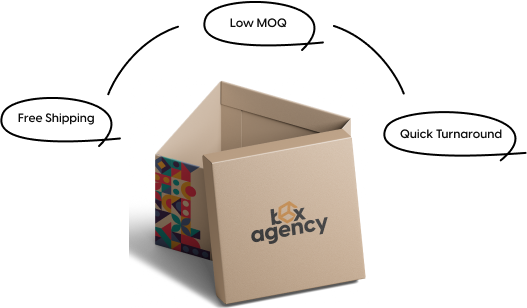How to Measure a Box Dimensions Properly
To measure a box, place it on a flat surface. Use a measurement ruler or measuring tape. Measure in this order, the length (the longest side) × width (shorter side) × height (basic at the top). Measuring an accurate box is very important for customized packaging, accurate storage and transportation efficiency. Start by choosing the right tool, a sturdy ruler or measuring tape to avoid common errors such as misalignment or wrong readings.
Check if the box is a regular container or type of fold because this affects the way you measure. Also determine whether you need the size inside or outside by checking the thickness of the material. The measurement of the size of the box ensures the exact choice of the box type, avoids adjustment problems and helps calculate the volume for shipping costs and spatial planning. This tutorial includes the correct measurement tools and measurement processes. Now we will explain step by step in detail.
Step 1: Choose the Right Measuring Tool
The main tools for measuring the size of the box are a standard ruler, the measuring tape and yardstick. A standard ruler is best for small boxes which provides clear measurements in inches or centimeters. A retractable tape is ideal for most boxes because of its flexibility and width which facilitates the measurement of length, width and height of measurement easily. A yardstick is suited for large boxes which provides a sturdy and straight line measurement over longer distance.
Step 2: Understand the Style of the Box
The understanding of the style of the box is essential when measuring the size because different types of boxes serve unique goals and often have separate dimensions.
- The common types include mailer boxes which are designed for transportation and usually include a standard rectangular shape with the length being the most prominent dimension.
- The straight tuck end boxes are similar but include the appropriate flaps to close safely with the main key roles of length and width in product adjustment.
- Gable boxes are often used for food packaging or gift boxes that have a distinctive curved top which makes height become a more important measurement because of their upright presentation.
- Rigid drawer boxes and rigid magnetic boxes bring a sense of premium with a two-layer design in which the inner size becomes especially important for placing good, concentrated products.
- The display box used for retail visibility tends to be wider or bigger to improve the attractiveness of the shelves. The handle boxes often prioritize the width and height of the ergonomic grip while the shoulder neck boxes are popular in wine or bottle packaging.
The recognition of these variants ensures accurate measurements that adapt to the function and structure of each box.
Step 3: Check the Material Thickness of the Box
The thickness of the material of the box plays a vital role in defining its internal and external size which directly affects how it compares to products and stacks during transport or shipping. The corrugated boxes are made up of a layer sandwiched between two flat sheets with the type and size of the flute such as flute A or B that affects the overall thickness and hardness of the box.
The cardboard boxes are often used for retail packaging which is made together by placing some layers of paper which results in a smoother configuration but thinner than corrugated materials. Although the paperboard provides less structural cushioning, its reduced thickness allows more accurate internal measurements which makes it ideal for products that require accurate adjustments. Understanding the impact of the thickness of the materials makes sure the correct size for product compatibility.
Step 4: Adjust the Orientation of the Box
The correct orientation of the box is very important to get accurate and coherent measurements of length, width, and height especially when dealing with irregular or asymmetrical shapes. Orientation directly affects the dimensions of these sizes when you compare taller vs. wider with the right identification that is considered to be a length compared to the width.
- To start, position the box to rest on its largest panel when the flaps are completely closed. This ensures a stable base and allows the accurate alignment of the three axes. Rotate the box to face the longest flap for length which will determine the length, which is always the longest external dimension when viewed from the top.
- Rotate the box 90 degrees to determine the shortest side with a flat for width. It is important to maintain consistency in this order like L x W x H, in all measures compatible with shipping systems and packaging software.
- Position the box vertically so that it stands upright with the opening facing up for height. The height is measured from the base of the top of the box, which includes all wide or structural characteristics. In case a box has an unusual height or length ratio such as a tall and narrow design or short and wide orientation, an appropriate direction is needed to ensure that each dimension is clearly defined and recorded accurately.
Step 5: Measure the 3 Dimensions of the Box (Length, Width and Height)
The length, width and height are the three main measurements needed to create an appropriate packaging. Use a ruler or tape and around each to the nearest whole inch. These measures help protect products and optimize space during transportation and storage.
It is also crucial to note that different industries may use the depth and height interchangeably but the standard format for recording the size of the box remains consistent such as L x W x H or L x W x D.
- The length is the longest side of the box.
- Width is the shortest side of the lid measured at a right angle to the length.
- Depth/height is the vertical dimension measured from the base of the box to the top edge when it is standing upright.
In the case of a tall and vertical orientation, box depth or height becomes the most important measurement while the length and width remain smaller.
Step 6: Calculate the Volume of the Box
The volume of the box is calculated by multiplying length × width × depth (or height).This measurement is essential to determine the amount of space occupied by the box which has a direct impact on transportation costs and product adjustment. Ensures that all measurements are made in the same unit to maintain consistency. The result will be in inches which can be converted into other units like cubic feet.
For example, if your box has a 12 inches (L) × 8 inches (W) × 4 inches (D), the calculation will be: 12 × 8 × 4 = 384 cubic inches.
If you are working with some box sizes or need fast results, consider using digital tools to calculate the volume of the box using the volume calculator. These calculators allow you to enter values of length, width and depth and immediately create total volume which saves time and reduces the risk of manual errors.
What are the Common Mistakes While Measuring the Box Dimensions?
The common mistakes while measuring the box dimensions can cause cost overruns and shipping complications. Recognizing these traps can help ensure accuracy and consistency. You will find below the most frequent errors that people make when the size of the box is:
- Many people measure the outer dimensions of the box which includes the thickness of the material leading to inaccurate space calculations. Always measure the inside dimensions to adjust the product.
- Taking measurements on the slope surface or an unstable surface can distort the reading. Always use a flat surface and a level to avoid misleading results.
- Different box types have unique dimensional requirements. Putting them into an account may cause incorrect measurements and inaccurate packaging.
- The corrugated and cardboard materials are added to the overall size. Ignoring this can affect the stacking and fitting of the internal space.
- Some users measure the narrowest or shortest part of the box due to collision or abnormality which leads to underestimation of the space that can be used.
- One of the most common but avoidable problems is not checking measurements. A quick second verification can save time, cost and logistics headaches later.
Avoid these errors to ensure accurate and reliable dimensions of boxes that support solutions to pack and transport effectively.
What are the Dimensions of the Box?
The dimensions of the box refers to its length, width and height. These three measurements determined the size of a box in a standardized format that allows for the exact packaging and storage design. It is necessary to understand these dimensions before going into how they are ordered in industry standards and how they are different.
What is the Meaning of LxWxH?
The meaning of the L x W x H stands for Length x Width x Height.
- Length: The longest side of the box.
- Width: The shorter side of the box.
- Height: The vertical distance from the base to the top of the box.
These are the three dimensions commonly measured to design a perfect fit for the products.
Which Order is Right to Measure the Dimensions of the Box?
The right order to measure the dimensions of the box is to measure and indicate the size of the box is L x W x H. This standard ensures clear communication between packaging and transportation as well as manufacturing industries. The next step is to understand how to read and write the size of the box correctly after determining the correct order of measurement.
How to Read the Dimensions of the Box?
The size of the box is read in order such as L x W x H. The length is the longest side, the width is the shortest side and the height is the vertical measurement when the box is upright.
How to Write the Dimensions of the Box?
The size of the box is written in the standard order which is Length x Width x Height. Use combined units and first make sure the longest side is first, followed by the shortest side, then vertical height. This format makes sure uniformity between packaging and shipping for accurate communication and efficient handling.




